Mukilteo, a small Snohomish County city about a 45-minute drive north of Seattle, was a native-American settlement for centuries before the arrival of Europeans. Captain George Vancouver was among the first to visit, when he landed there in 1792. In the mid-1800s, the land was ceded to the Washington Territorial government and European settlement began. The town was temporarily the county seat of government and its only port, and also the location of the county’s first post office and telegraph station.
The still-operating Mukilteo Lighthouse was built here in 1906, with a rotating Fresnel sextagon shaped lens that in 1927 was replaced with the current fixed fourth-order Fresnel lens. The lighthouse was automated in 1979 and the keepers’ homes turned into a museum that is part of Mukilteo Lighthouse Park.
Today, Mukilteo is a bedroom community for nearby Everett and Seattle, and a major transportation hub, with ferry service to Whidbey Island, a Sounder commuter train to Seattle, and public transit to the surrounding area. The rail tracks that run through town also carry BNSF freight rail traffic and Amtrak passengers.
On a recent weekend, we made an overnight trip to Mukilteo to stay at the waterfront Silver Cloud Inn with its views over Possession Sound. After checking in, we had a great lunch at the Diamond Knot Brewery, then walked through Mukilteo Lighthouse Park and toured the lighthouse. The original Fresnel lens is on display in the museum at the base of the tower, and we could also climb the tower to view the current operating lens. It’s unusual to be able to tour an operating lighthouse.
The ferry route between Mukilteo and Whidbey Island is the state’s busiest for vehicle traffic and second largest for number of passengers, transporting 3.4 million in 2022. The lineup of vehicles waiting to board can get quite long on the summer. When we walked past to watch the ferry Issaquah arrive, the line of waiting vehicles stretched as far as we could see, even with some cars parked so close they were touching.
This was our first chance to view the beautiful new passenger building that opened in December of 2020 as part of a complete replacement of the terminal and dock. The light-filled building follows the design of a Coast Salish longhouse, and reflects Mukilteo’s native heritage.
During World War II, the US Navy built a huge pier at Mukilteo, 100 feet (30 m) wide and 1,600 feet (487 m) long. The pier was used to load munitions onto war ships headed for the Pacific field. In the 1950s, the navy built a farm of ten huge tanks along the Mukilteo shoreline to provide fuel for a fighter squadron stationed at nearby Paine Field during the Korean War. We passed that old dock and the tank farm many times as we boated in the area.
The entire facility was decommissioned in 1989 and dismantled starting in 2016, partly to make way for the new ferry terminal and pier. Some remnants of the old tanks still remain, but these will be removed.
After watching the ferry Issaquah arrive and depart, we continued along the old tank farm property as far as the Port of Everett’s Mount Baker Satellite terminal, used to transport aerospace cargo. Returning towards town beside the railroad tracks, we crossed over at the commuter rail station. We continued through town, past a lovely pocket park and a 1903 church building now converted to commercial use, and stopped for a great meal at Cabernets & IPAs. The sweeping views to Possession Sound from their deck tempted us, but we were already chilly from being outside so long and opted for a cozy interior seat. Later that evening, we enjoyed a spectacular sunset over Possession Sound from our room at the Silver Cloud Inn.
We enjoyed the views to Possession Sound from our hotel room the next morning, and watched with interest a group of recreational scuba divers starting a dive. About 300 people a year dive here to view the sea life that grows on old dock pilings and discarded items. The seabed here slopes steeply to depths of over 130 ft (40 m) and is where in 1998 we did our first deep dive, to 97 ft (30m), as part of our PADI Advanced Open Water course.
We returned to Seattle later that morning, stopping for a good lunch at Tapped Public House on our way home.
Our route for the day is shown on the interactive map below.

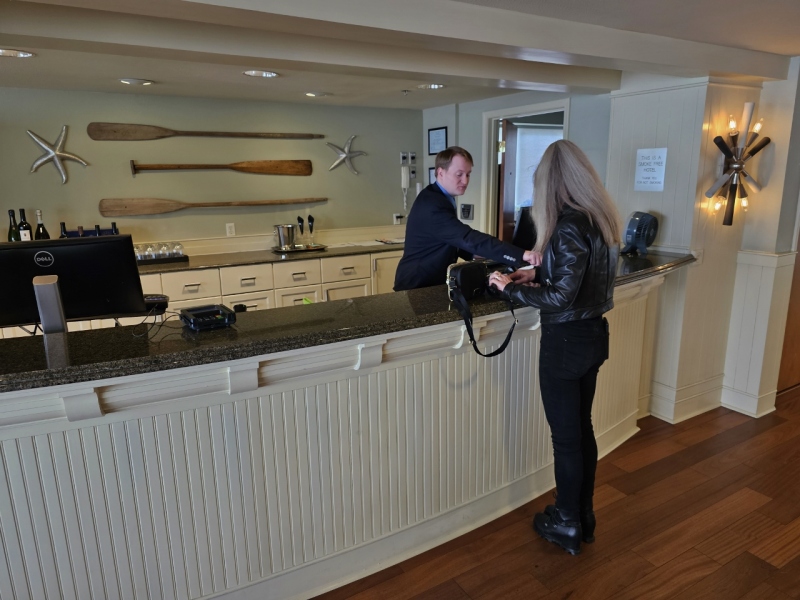
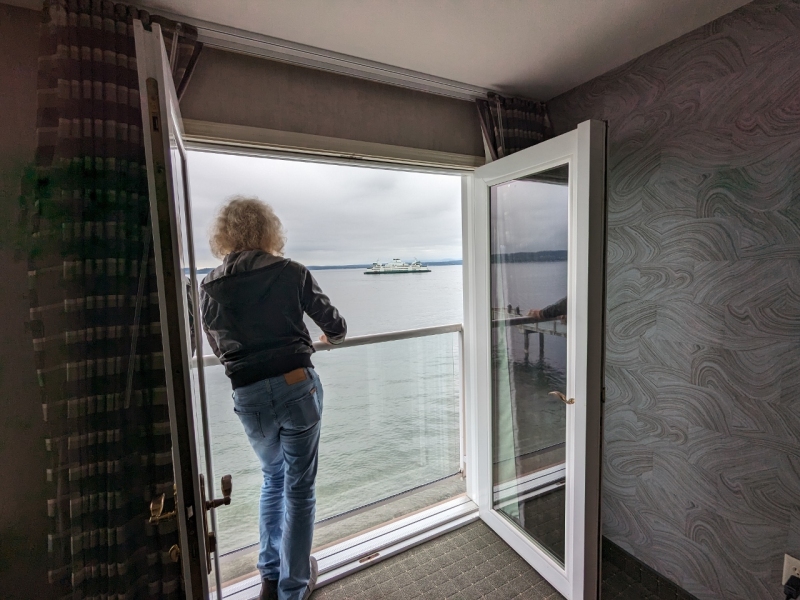
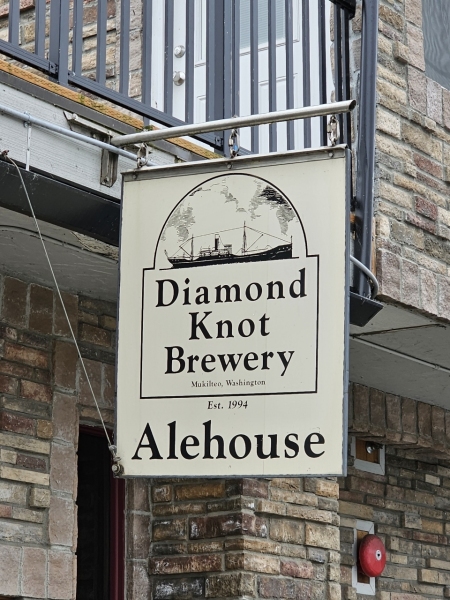
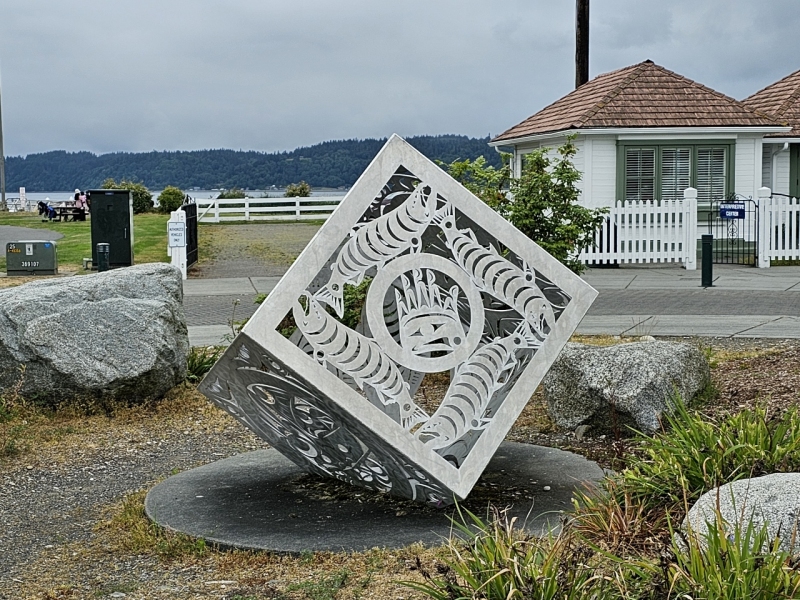
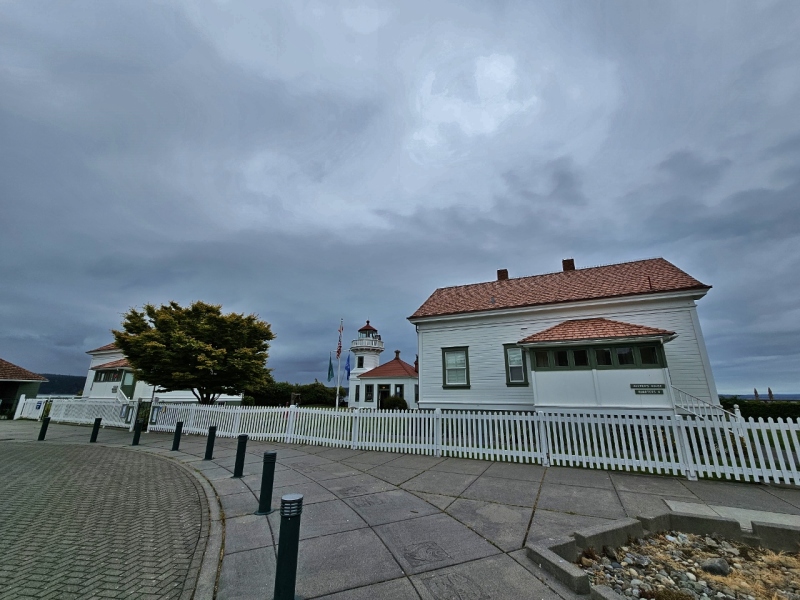


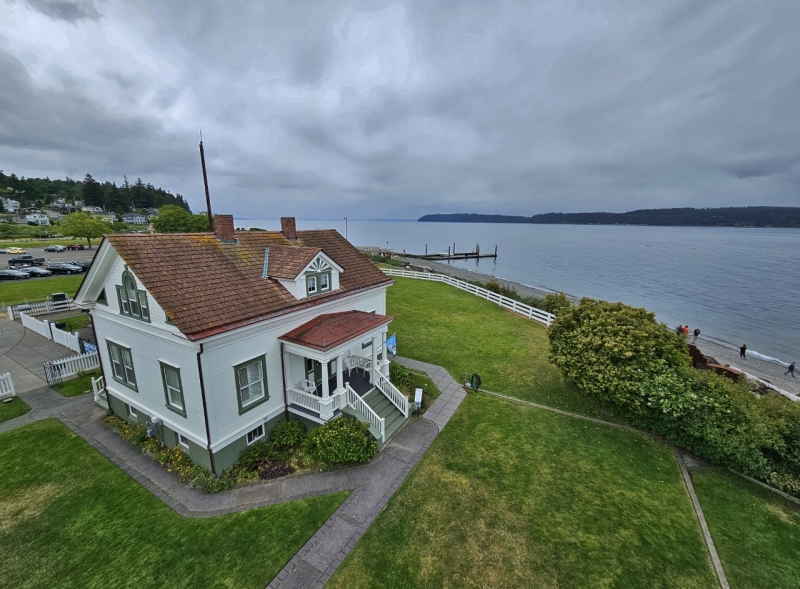
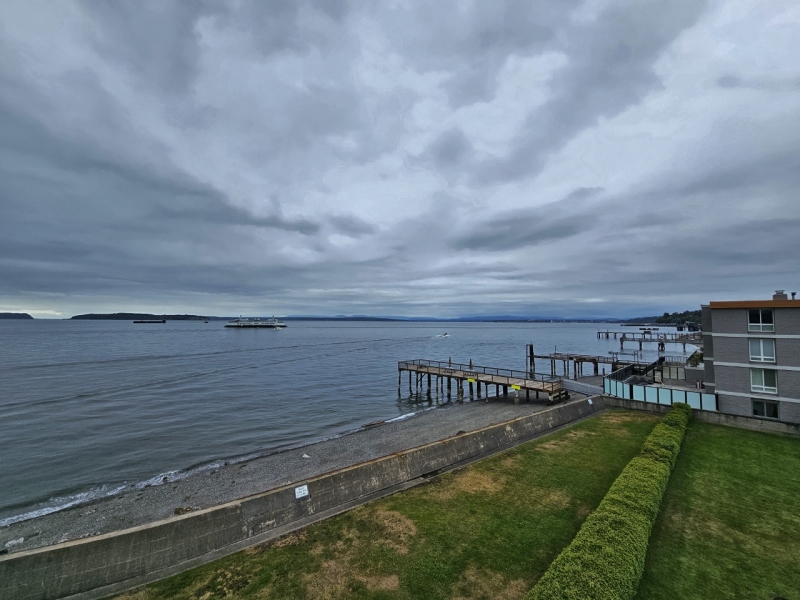
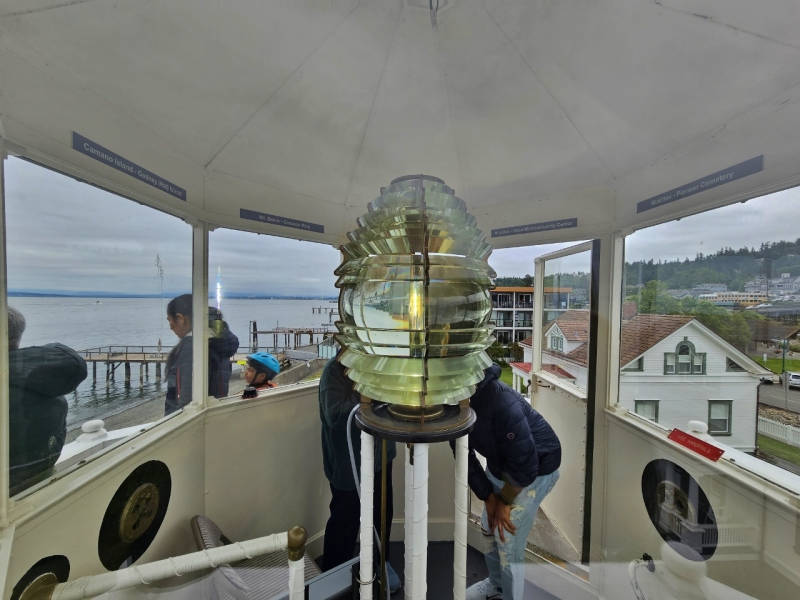
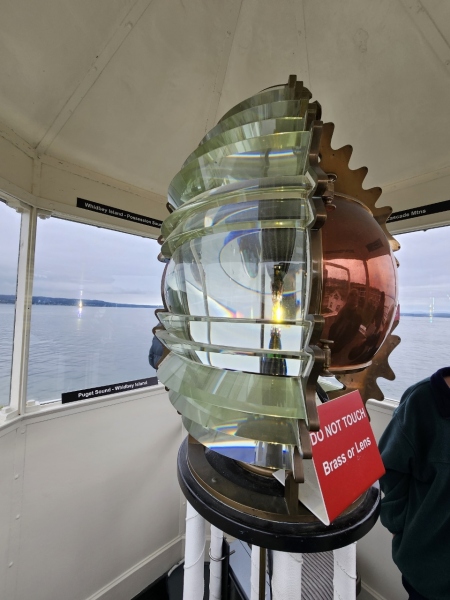

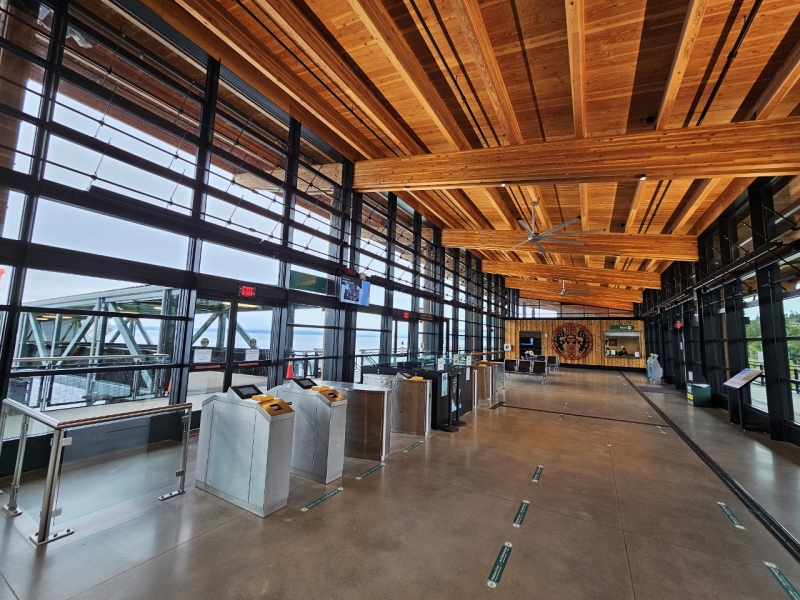
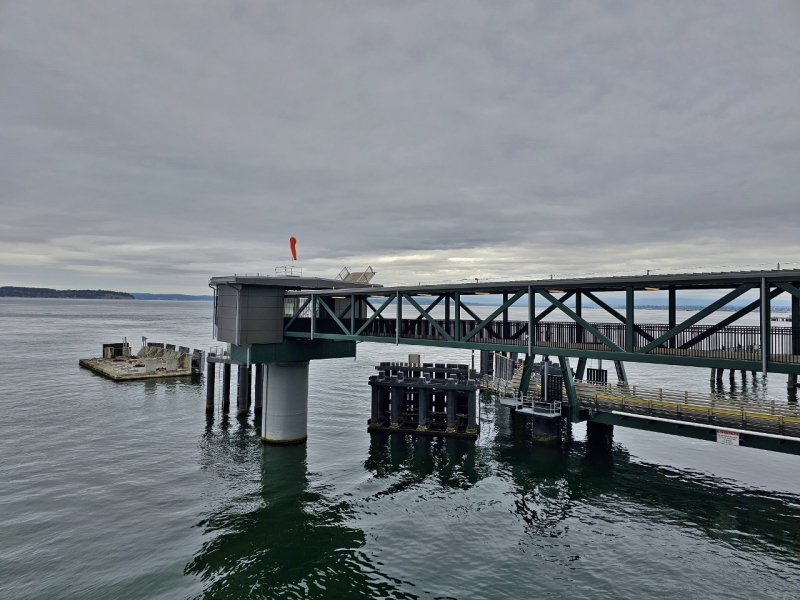
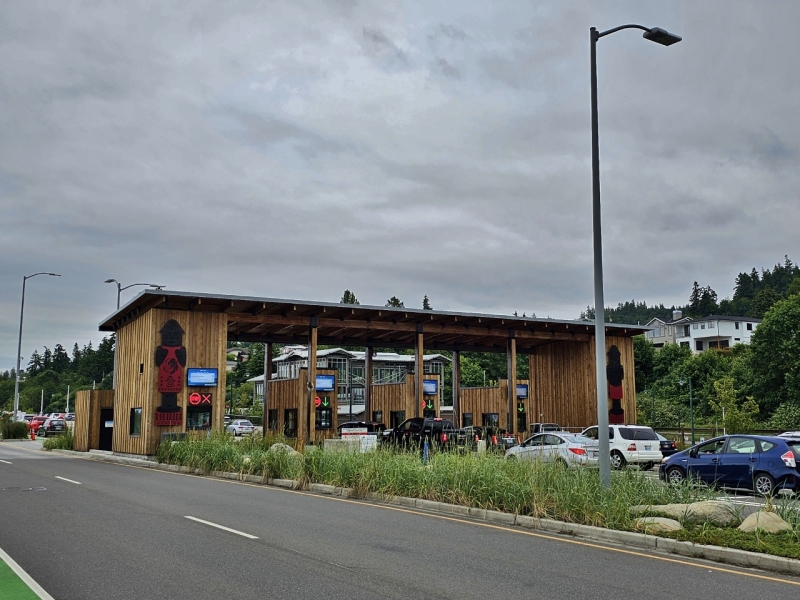
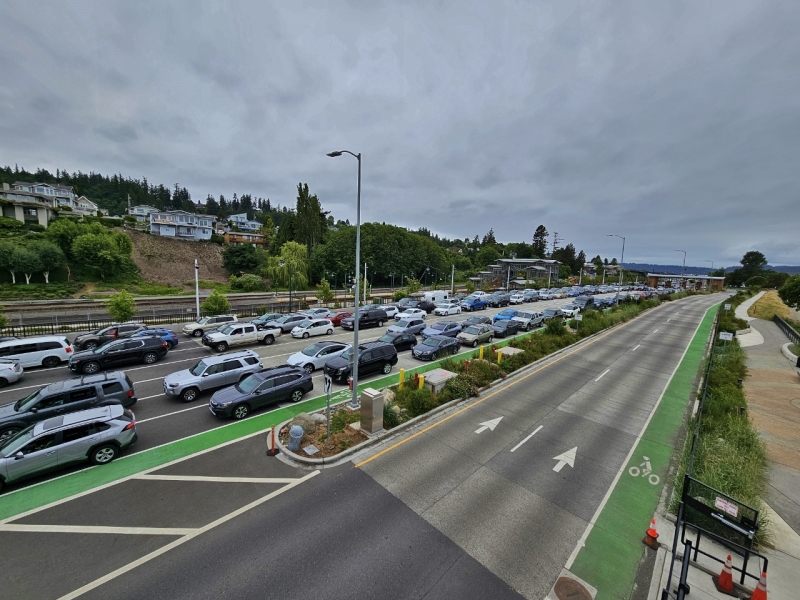
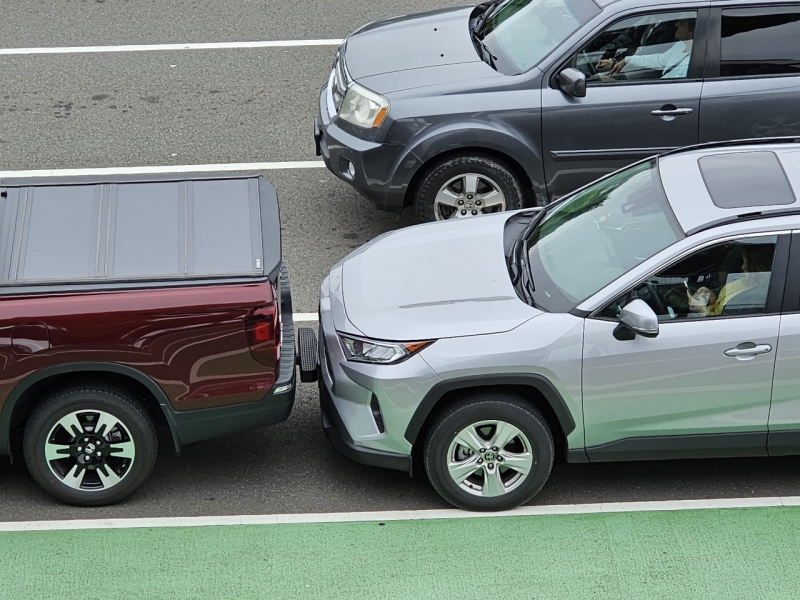

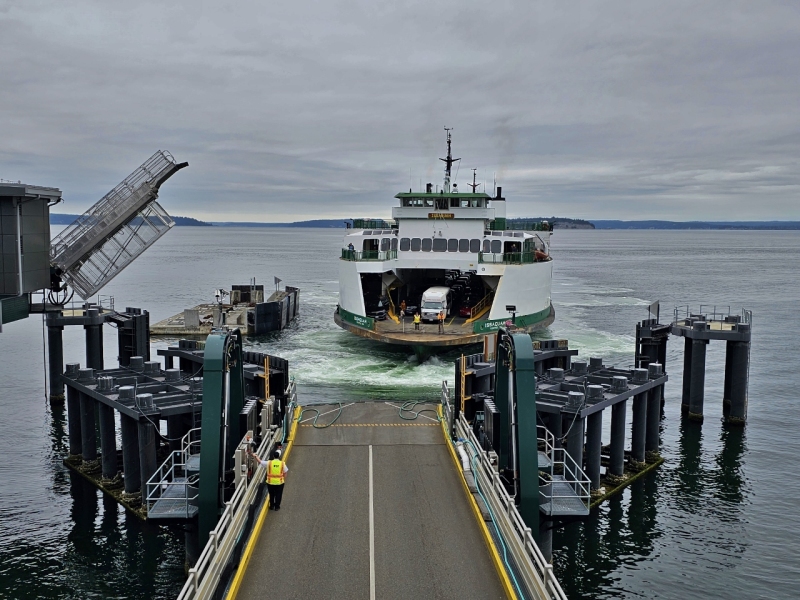
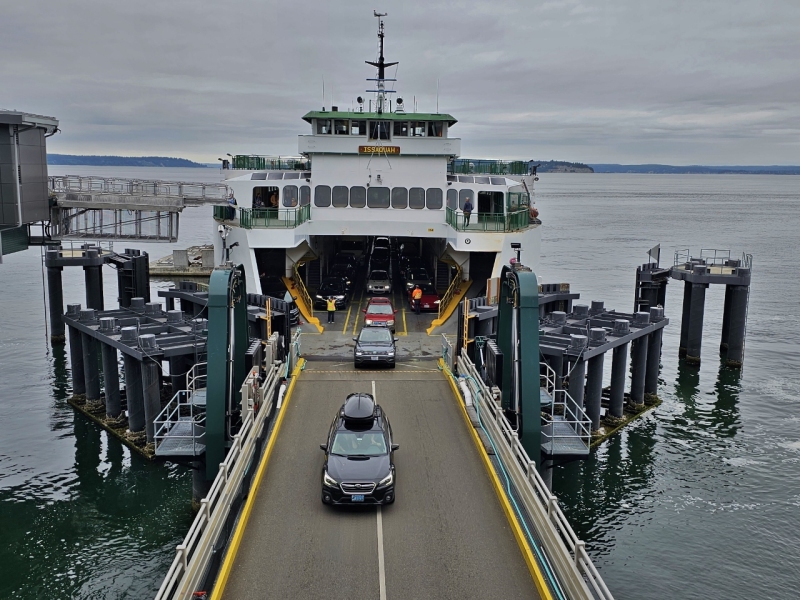
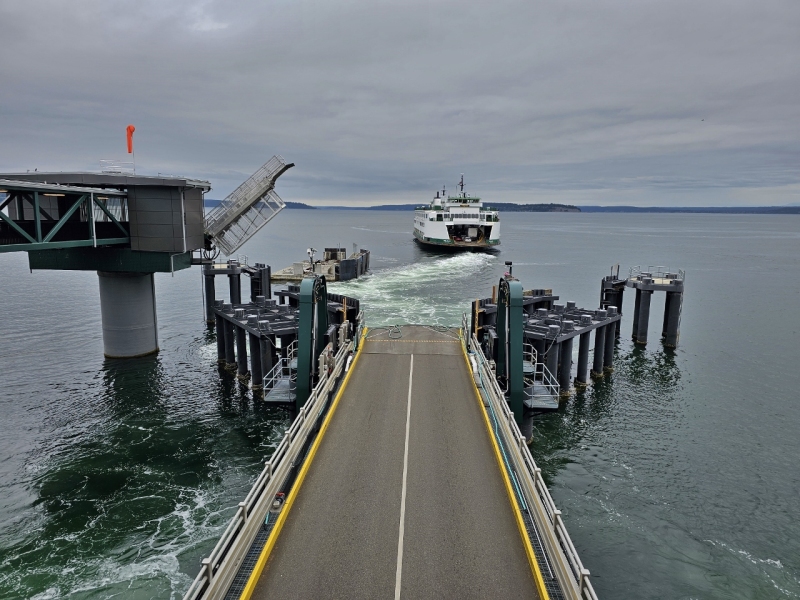
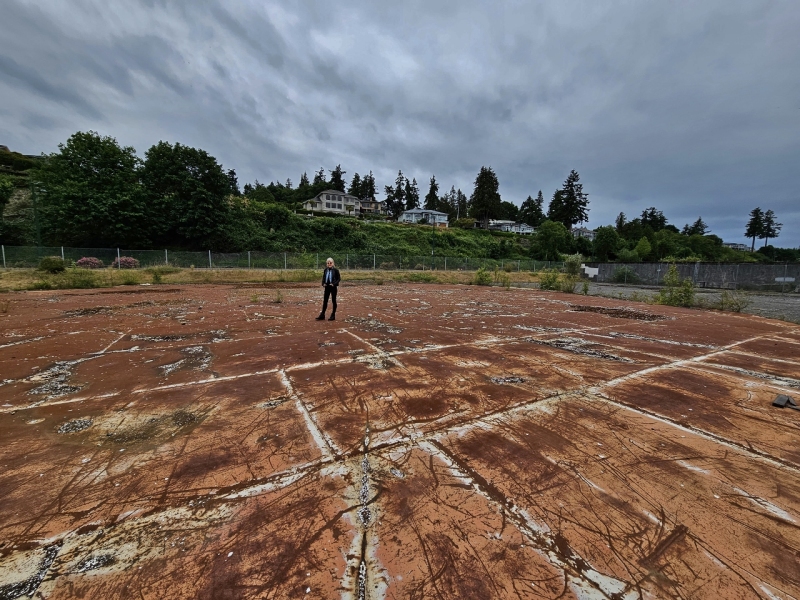
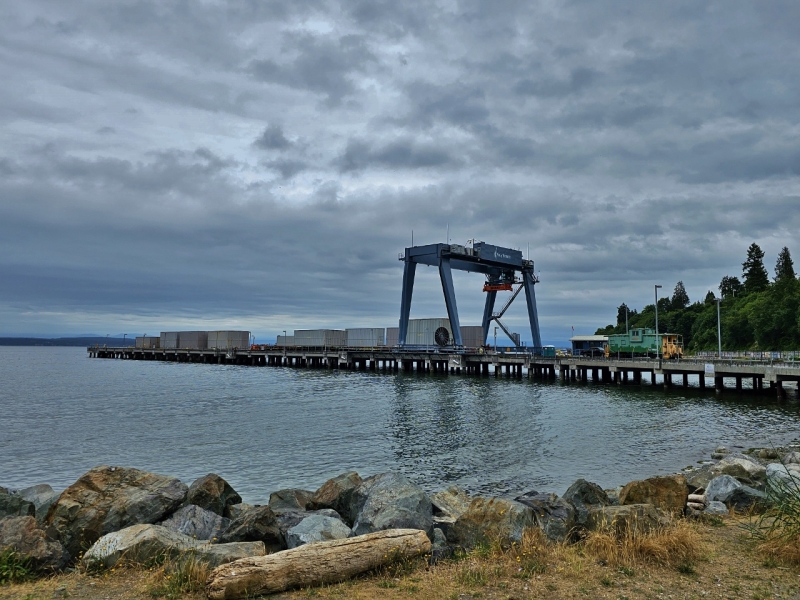
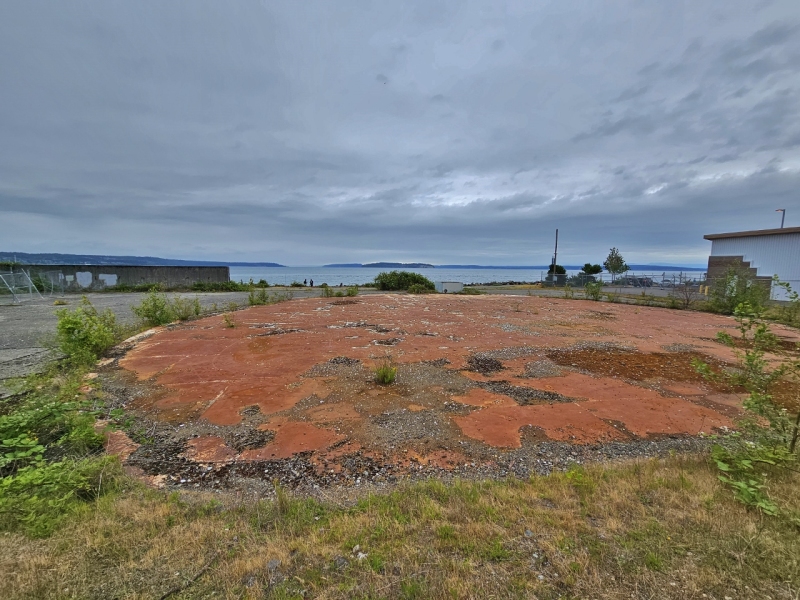
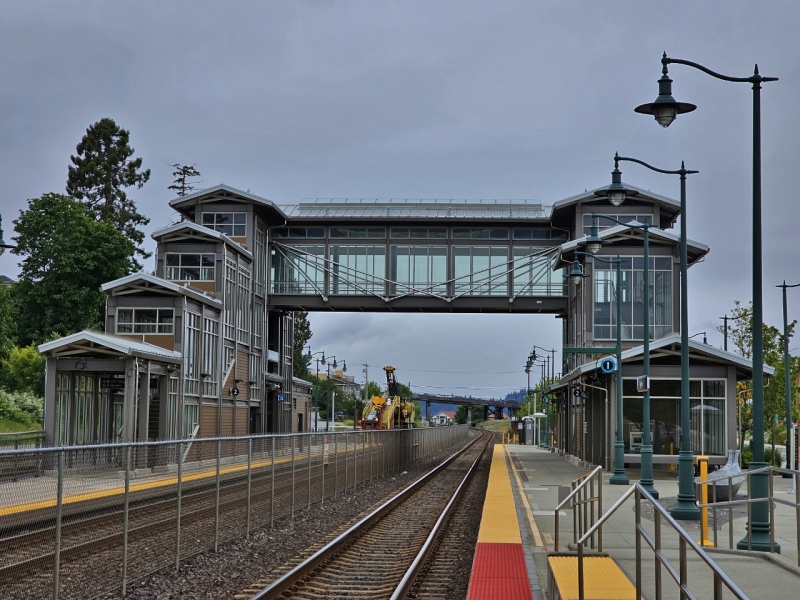

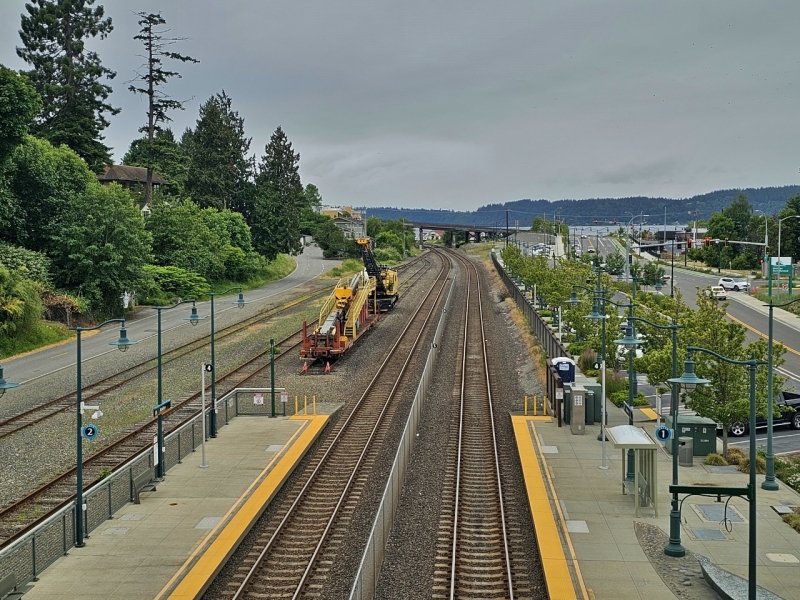

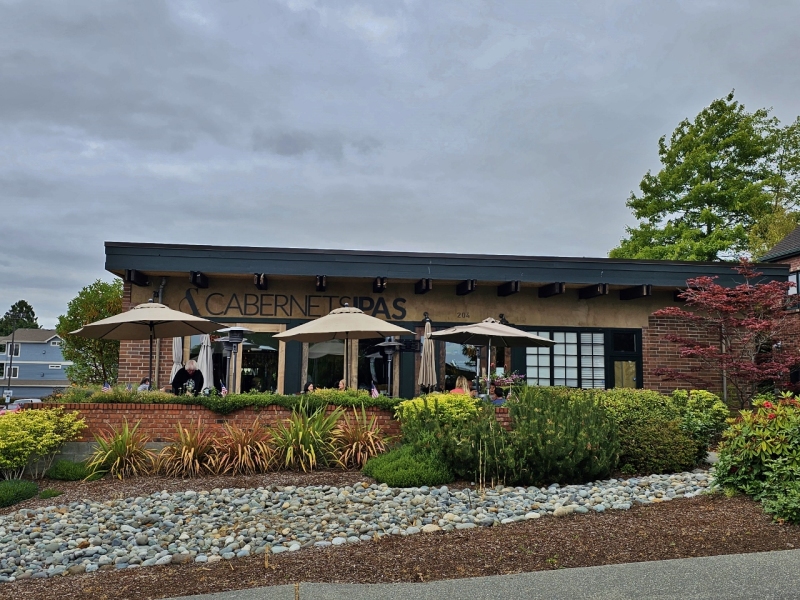
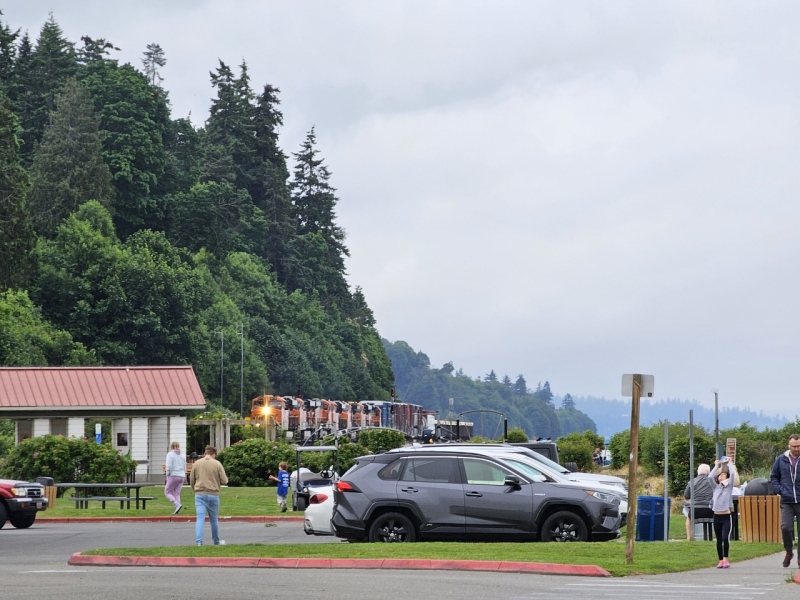

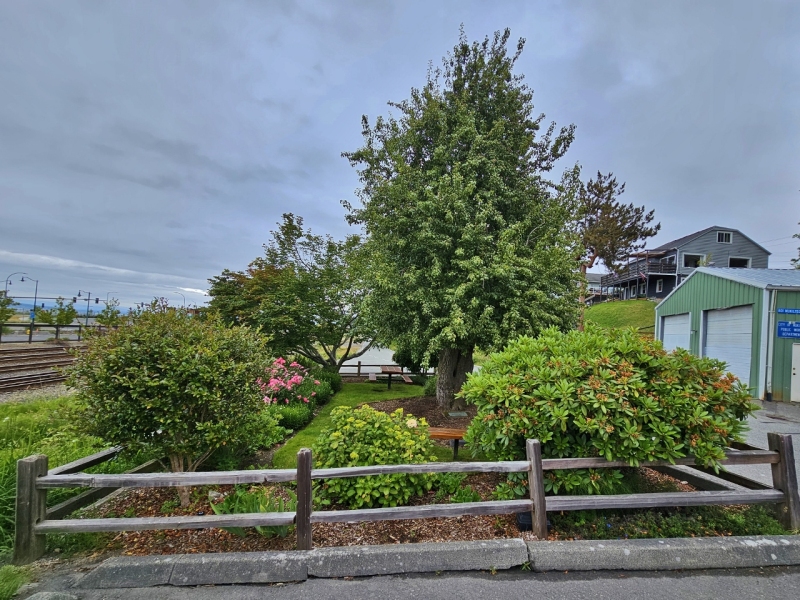
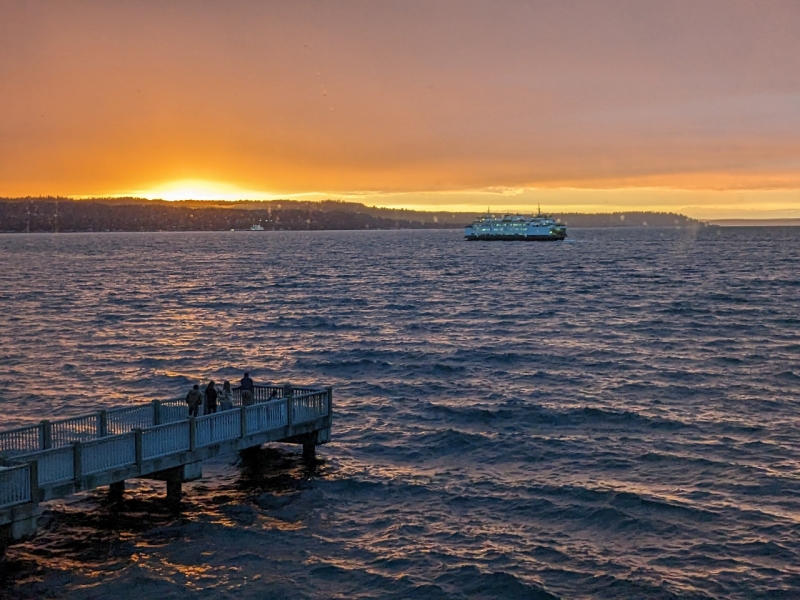
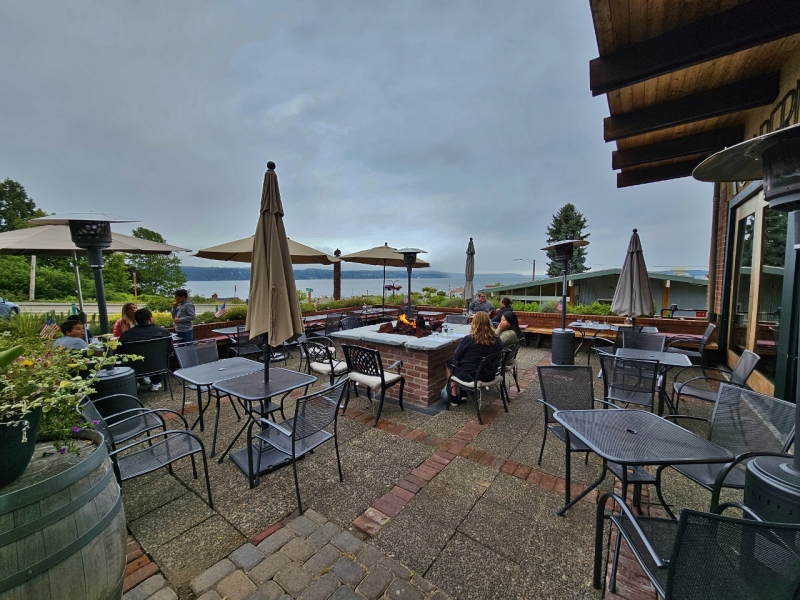

Love it, thank you.